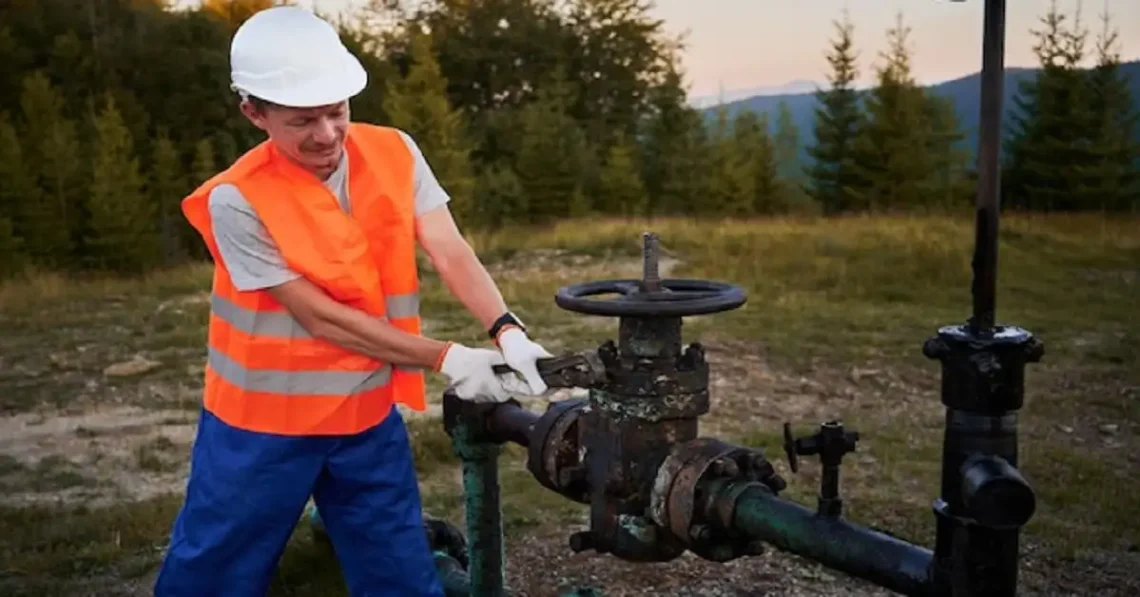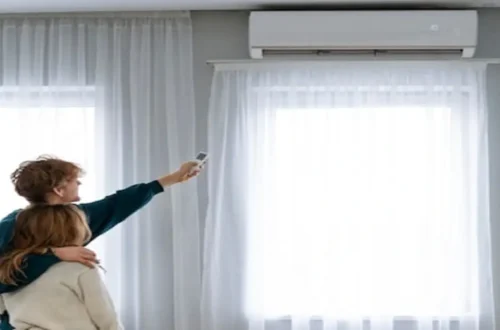Various leak detection methods are used for oil wells to identify leaks or spills as early as possible. Properly detecting and stopping leaks is crucial for environmental and financial reasons for an oil and gas company. Here are some of the main techniques for oil well leak detection that companies such as Renegade Wireline Services can use for your company.
Visual Inspections
One of the most basic leak detection methods involves manually looking for any signs of leaks or spills. Workers will physically walk along oil pipelines, storage tanks, and other equipment, visually checking for issues. They look for obvious signs like liquid pooling, vegetation damage, or oily sheen on surfaces.
Regularly scheduled inspections and maintenance checks allow leaks to be caught early before they become worse. The downside is that visual inspections only identify leaks after they have already started and have caused some visible impact.
Gas Sensors
Oil and gas companies often mount gas sensors around the perimeter of oil wells and facilities. These automated sensor systems can detect gas compounds like methane, benzene, and hydrogen sulfide.
When a leak occurs, the sensors identify the release of gaseous chemicals and notify operators through alarm systems. This allows for rapid leak detection as soon as gases start escaping. Gas sensor monitoring provides 24/7 ongoing surveillance against leaks.
Pressure Monitoring
Sudden drops in pressure can indicate a leak or rupture in an oil pipeline system. Remote pressure monitors use pressure transmitters to track real-time pressure data along oil and gas pipelines.
The pressure readings are communicated to software systems. If the pressure drops below preset limits, an alarm is triggered to inform operators so the leak can be addressed immediately.
Vapor-Sensing Tubes
Vapor-sensing tubes (VSTs) contain a chemical medium that changes color when it reacts with leaking vapors and gases. The tubes are strategically installed along the exteriors of pipelines, pumps, flanges, and other infrastructure.
When a leak occurs nearby, the escaping vapors are absorbed into the VST through small openings and the internal medium changes color. This color change is visually inspected during routine checks, allowing leaks to be pinpointed.
Acoustic Sensors
Acoustic sensors use sound waves to detect leaks. These sensors are placed at various points on pipelines and oil well equipment. They “listen” for high or low frequency acoustic anomalies like hissing or rumbling noises associated with gas or liquid leaks.
The acoustic data is monitored by computer systems. When a leak sound is detected, the sensor transmits a signal so personnel can investigate and address the issue. This method allows leaks to be detected quickly before they escalate.
Aerial Surveillance
Some oil companies utilize aerial surveillance to look for leaks over large or remote areas. Technicians fly over pipelines, wells, and facilities to help spot potential leaks that may not be visible from the ground.
Aerial monitoring allows leaks to be found in hard-to-access locations. Thermal imaging cameras can also be used to detect leaks based on temperature differences caused by escaping gases or fluids. This proactive approach helps detect leaks that may otherwise go unnoticed.
Using a combination of leak detection techniques provides the most complete and early warning against oil well leaks. Companies integrate multiple monitoring methods to achieve reliable 24-hour leak detection and mitigation. With vigorous inspection and sensor technology, leaks can be caught before they cause major environmental or financial damage.





